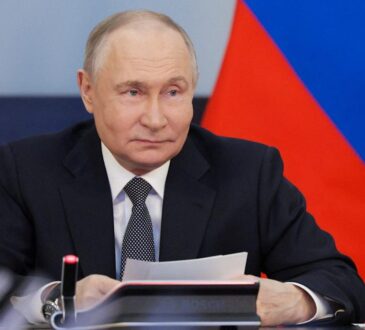
What’s going on here?
Emerging market currencies are facing weekly declines, especially in Central and Eastern Europe, due to concerns over the US interest rate outlook.
What does this mean?
Emerging market currencies are being squeezed by uncertainties surrounding US interest rates and weak inflation data. Investors fear the Federal Reserve might keep rates steady, which is bad news for higher-yield assets in emerging markets. Hungary’s forint and Poland’s zloty are among the hardest hit, suffering their biggest weekly drops against the dollar this year. The Mexican peso also slid 1.2% due to political instability after Claudia Sheinbaum’s election win. While MSCI’s index for emerging market stocks saw a slight 0.1% rise thanks to gains in India, China, and Taiwan, the index for emerging market currencies dropped by 0.2%.
Why should I care?
For markets: Navigating currency turbulence.
Emerging market assets are in a tough spot as steady US rates could keep them under pressure. However, if the Fed takes a dovish turn, it might rejuvenate interest in these markets, attracting investors seeking higher yields. With Hungary and Poland facing significant currency drops and Mexico dealing with political fallout, it’s a tricky landscape to navigate. On the flip side, South Africa’s rand appreciated 0.4% due to a promising coalition government agreement, highlighting the varied impacts of political and economic shifts.
The bigger picture: Global economic ripple effects.
The broader economic scene is full of moving parts. Nigeria secured a $2.25 billion loan from the World Bank to stabilize its economy post-reforms. Similarly, Argentina received $800 million from the IMF for economic recovery. Meanwhile, the IMF endorsed holding Peru’s interest rates steady, defying cut expectations, and Ghana is set to re-engage with bondholders on debt restructuring. Fitch Ratings is also reviewing the credit ratings of Hungary and Angola, keeping a close eye on global financial health.




